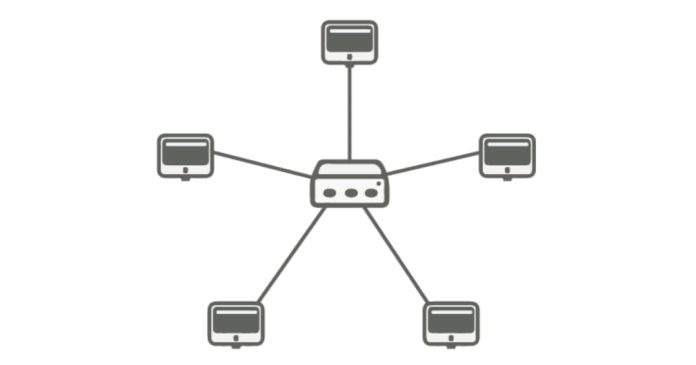Star topology is a network configuration where all devices are connected to a central node, typically a switch or hub. In this setup, each device communicates directly with the central node, which then forwards the data to the intended recipient.
The central node acts as a mediator for data transmission, ensuring efficient communication and easier network management.
One of the key benefits of star topology is its fault tolerance; if one device fails, it doesn’t disrupt the entire network, unlike in bus or ring topologies. However, if the central node fails, the whole network is affected. Star topology is widely used in local area networks (LANs) due to its scalability, ease of setup, and maintenance.
It also allows for more straightforward monitoring and troubleshooting since any issues can be traced back to the central node or specific devices.



